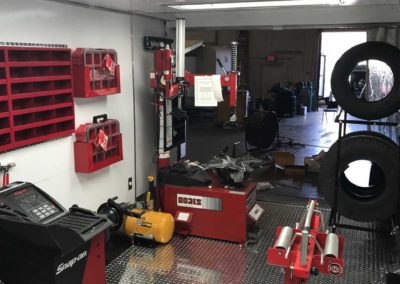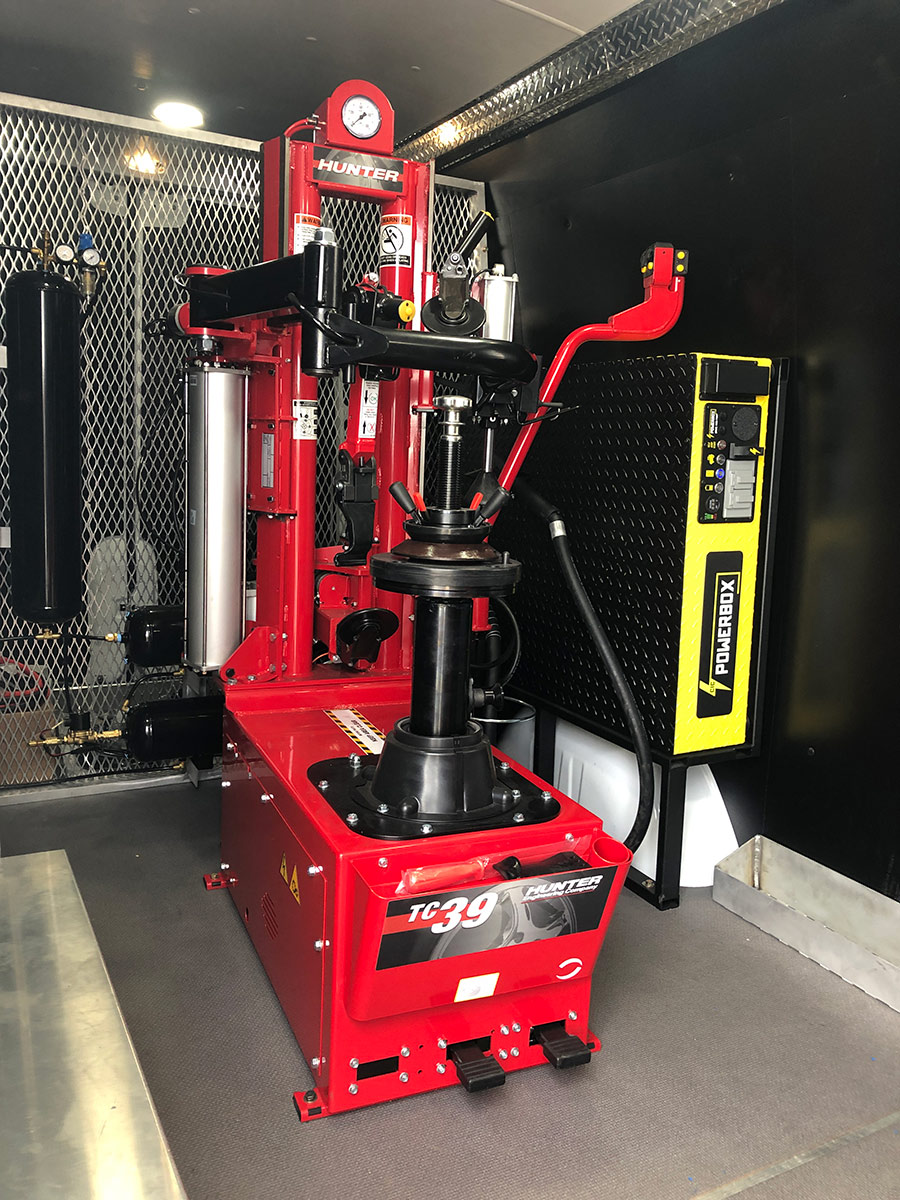Cost Effective Mobile Tire Replacement Las Vegas - Call Today!
Cost Effective Mobile Tire Replacement Las Vegas - Call Today!
Blog Article
Tire Solution: Proven Methods for Optimum Tire Upkeep and Care
Keeping optimal tire problem is vital for both safety and efficiency of any type of vehicle. From making certain appropriate tire pressure to normal turning and positioning, there are tried and tested techniques that can considerably expand the life expectancy of your tires and improve total driving experience. As we check out the complexities of tire care and upkeep, we will reveal essential guidelines that every automobile proprietor need to stick to for the best feasible results. Let's explore the world of tire service and uncover the secrets to maintaining your tires in top-notch form for the long haul.
Importance of Tire Pressure
Sufficient tire pressure advertises better gas effectiveness, as under-inflated tires can lead to boosted rolling resistance, creating the engine to work more challenging and consume more fuel. Right tire pressure makes certain also walk wear, enhancing tire longevity and conserving cash in the long run by postponing the need for early replacements. Regularly readjusting and examining tire stress, particularly previously lengthy journeys, is an easy yet effective method to boost lorry performance, prolong tire life expectancy, and prioritize security on the roadway.
Tire Turning Standards
When considering tire rotation guidelines, it is crucial to understand the significance of this upkeep task in taking full advantage of tire life-span and preserving ideal automobile efficiency. Tire turning involves altering the placement of each tire on a lorry to make certain even step wear. Front tires tend to use faster than back tires because of guiding forces, making routine turning vital for well balanced wear patterns. The advised rotation pattern varies depending on whether a car is front-wheel, rear-wheel, all-wheel, or 4x4. Usually, tires must be turned every 5,000 to 7,500 miles, or as encouraged in the automobile guidebook. Neglecting tire rotation can lead to uneven wear, affecting handling, grip, and potentially compromising car security. By adhering to appropriate rotation guidelines, chauffeurs can extend the life of their tires, improve fuel performance, and improve total driving experience. Regular rotation is a straightforward yet efficient maintenance practice that contributes considerably to tire longevity and vehicle performance.

Advantages of Wheel Positioning
Guaranteeing appropriate wheel placement after tire rotation is important for keeping balanced wear patterns and maximizing lorry efficiency. Wheel alignment describes the adjustment of the angles of the wheels to the manufacturer's specs. One of the crucial advantages of wheel placement is improved taking care of and steering reaction. When the wheels are effectively aligned, it minimizes guiding initiative, making certain a smoother and much more controlled driving experience. Furthermore, proper wheel positioning aids to prolong the lifespan of your tires. Misaligned wheels can create unequal tire wear, leading to premature tire substitute and increased upkeep prices.

Tire Footstep Depth Examine
Doing a normal inspection of tire tread depth is important for maintaining secure driving problems and prolonging the life-span of your tires. The step on your tires plays an essential role in giving grip, specifically in slippery or wet conditions. To examine your tire step deepness, you can utilize a walk depth scale or the penny examination. The suggested tread depth goes to least 2/32 of an inch. It is time to replace your tires to ensure optimum performance and safety on the road if the tread deepness is listed below this threshold. Uneven walk wear can suggest concerns with tire placement, suspension, or pressure, highlighting the value of regular walk deepness checks. Overlooking to check and preserve correct step depth can bring about minimized hold, longer stopping distances, and a boosted risk of hydroplaning. By integrating tire step depth look at this web-site explore your regular upkeep timetable, you can drive with confidence knowing that your tires are in top condition.
Seasonal Tire Inspection
Seasonal tire assessment is an essential facet of tire maintenance that makes sure tires are ready to encounter the difficulties posed by various climate problems. In preparation for winter, it is necessary to inspect the tire stress regularly as cool temperatures can trigger tire pressure to go down. By carrying out regular seasonal tire examinations, vehicle drivers can prolong tire lifespan, boost gas performance, and most significantly, ensure a safe driving experience in varying weather condition conditions.
Conclusion
To conclude, maintaining correct tire stress, revolving tires regularly, this hyperlink lining up wheels appropriately, keeping an eye on step depth, and carrying out seasonal examinations are important methods for optimum tire care. By complying with these proven methods, motorists can guarantee their tires last much longer, do far better, and add to overall automobile security. It is necessary to prioritize tire maintenance to stop crashes, enhance gas efficiency, and prolong the life expectancy of tires.
Adequate tire pressure promotes better fuel efficiency, as under-inflated tires can lead to enhanced rolling resistance, causing the engine to work harder and consume more fuel.When taking into consideration tire rotation guidelines, it is vital to comprehend hop over to these guys the significance of this upkeep task in maximizing tire life-span and keeping optimum automobile efficiency. Seasonal tire examination is a basic aspect of tire maintenance that guarantees tires are ready to face the challenges posed by various climate problems. By performing regular seasonal tire assessments, chauffeurs can extend tire lifespan, enhance gas performance, and most significantly, guarantee a protected driving experience in varying weather problems.
In final thought, preserving correct tire stress, rotating tires regularly, lining up wheels appropriately, monitoring step deepness, and performing seasonal inspections are important practices for optimum tire care.
Report this page